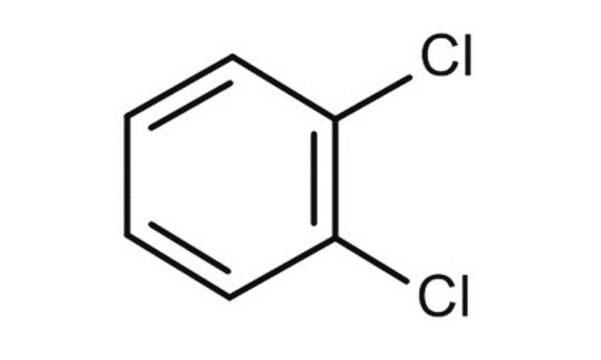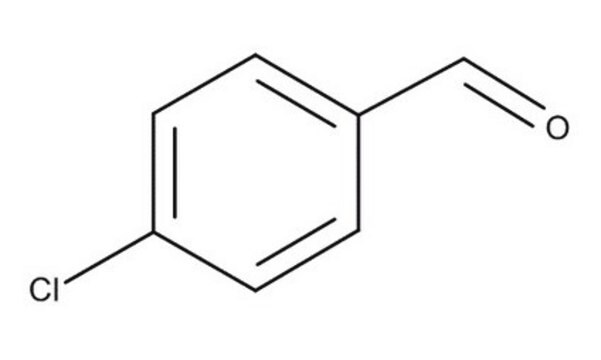113808
1,3-Dichlorobenzene
98%
Synonym(s):
m-Dichlorobenzene
About This Item
Recommended Products
vapor pressure
5 mmHg ( 38.8 °C)
assay
98%
form
liquid
refractive index
n20/D 1.546 (lit.)
bp
172-173 °C (lit.)
mp
−25-−22 °C (lit.)
solubility
H2O: soluble 1.23 mg/L
alcohol: soluble
diethyl ether: soluble
density
1.288 g/mL at 25 °C (lit.)
functional group
chloro
SMILES string
Clc1cccc(Cl)c1
Looking for similar products? Visit Product Comparison Guide
Related Categories
Application
signalword
Warning
hcodes
Hazard Classifications
Acute Tox. 4 Oral - Aquatic Chronic 2
Storage Class
10 - Combustible liquids
wgk_germany
WGK 2
flash_point_f
152.6 °F - closed cup
flash_point_c
67.0 °C - closed cup
ppe
Eyeshields, Faceshields, Gloves, type ABEK (EN14387) respirator filter
Choose from one of the most recent versions:
Already Own This Product?
Find documentation for the products that you have recently purchased in the Document Library.
Customers Also Viewed
Our team of scientists has experience in all areas of research including Life Science, Material Science, Chemical Synthesis, Chromatography, Analytical and many others.
Contact Technical Service














